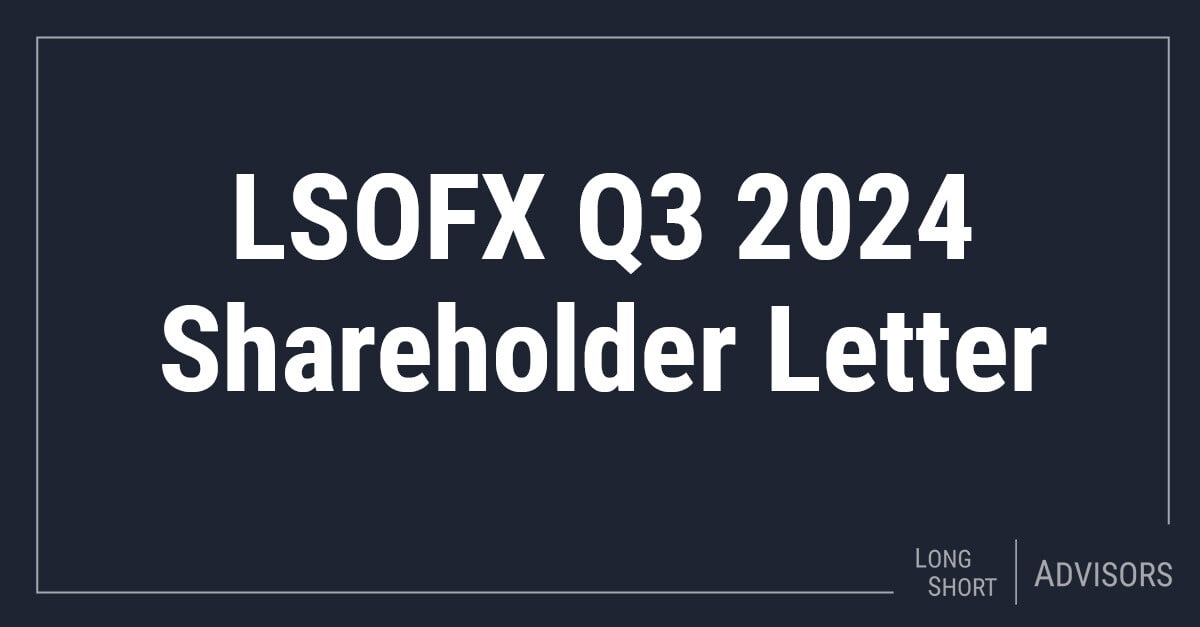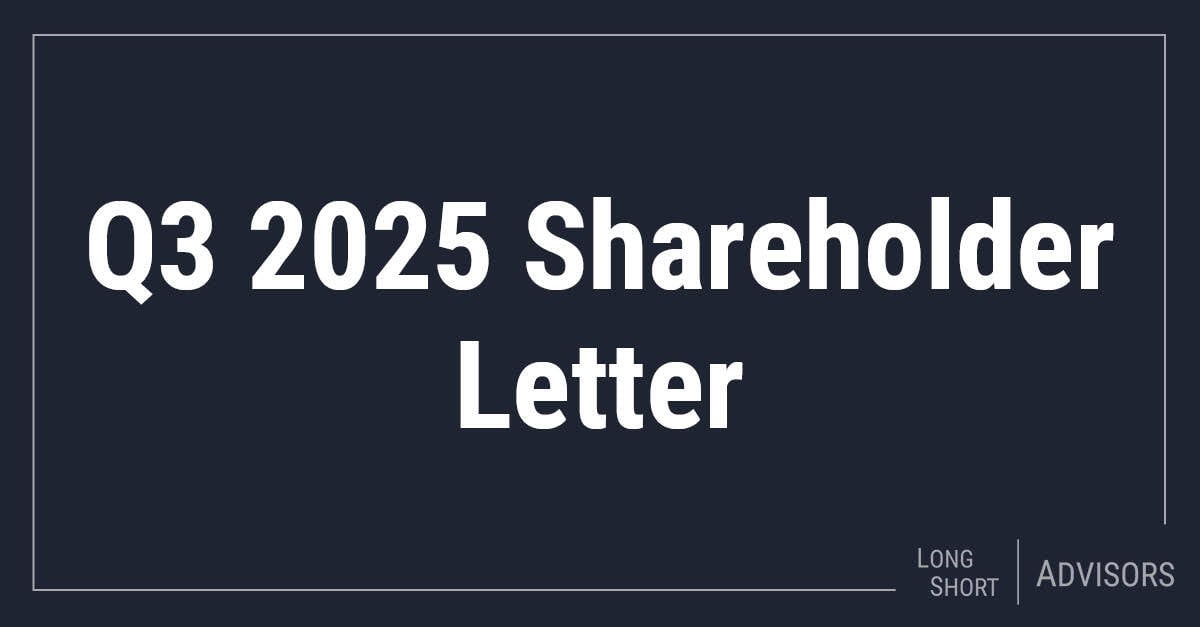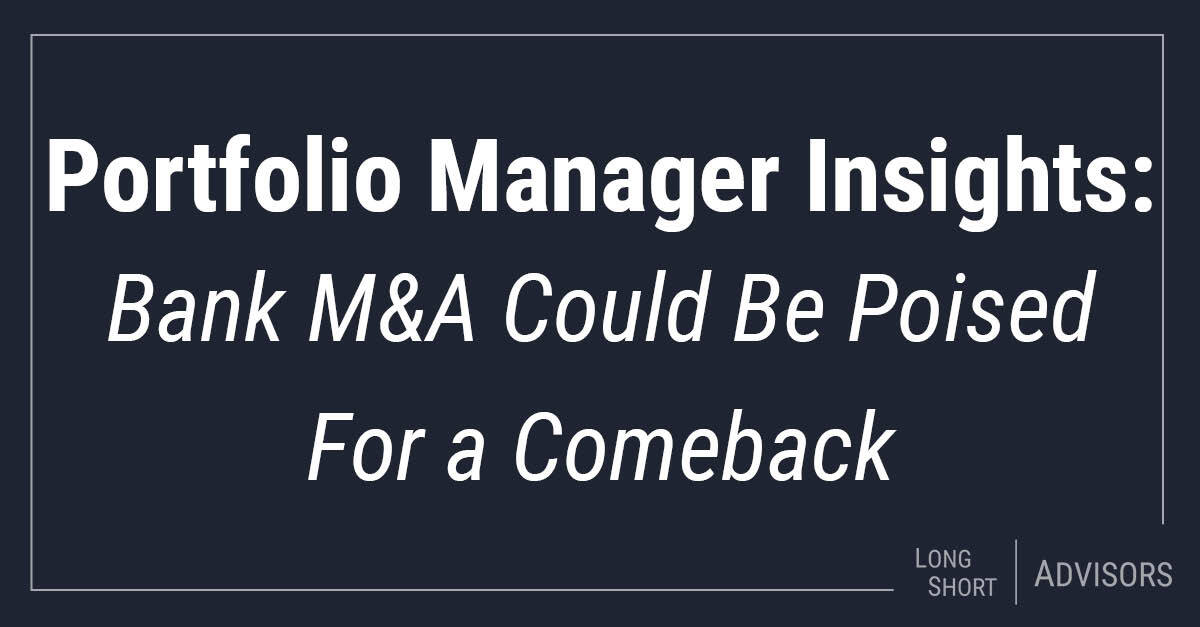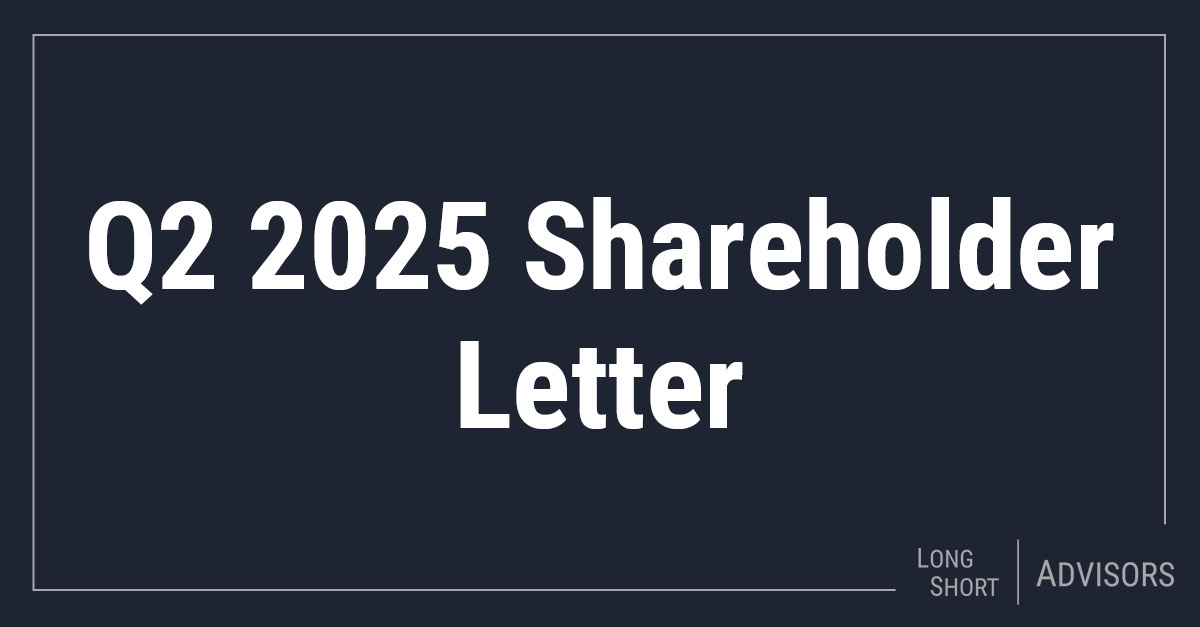Current Market Environment
The third quarter was marked by strong equity markets and declining interest rates as a consensus coalesced around the beginning of a Federal Reserve rate cutting cycle at the Fed’s September meeting. Interest-sensitive sectors such as regional banks, utilities and real estate led the market during the period, and small-cap stocks, also seen as beneficiaries of lower interest rates, outperformed as well. Mega-cap tech stocks took a breather during the quarter, with several of the so-called "Magnificent Seven" declining during the period.
The summer months were not without volatility, however. In early August, the release of the July jobs report significantly missed expectations, with the unemployment rate rising to 4.3%, the highest in nearly three years. This spooked investors, causing fears of a Fed overshoot and caused many to point to the “Sahm rule” – which, named after economist Claudia Sahm, is said to be a signal that the U.S. is in a recession, and is triggered when the three-month moving average unemployment rate has increased by 0.5% above its low point of the prior 12 months. In the days after the disappointing jobs report, the combination of the Bank of Japan hiking interest rates more than expected and fears of the U.S. Federal Reserve cutting rates more aggressively than previously thought, caused an unwind to the yen / dollar carry trade as the yen rose significantly against the USD. On August 5th, Japan's stock market closed down more than 12% for the day, rattling U.S. markets further.
However, with inflation readings continuing to approach the Fed’s 2% target, and Fed Chairman Powell's dovish speech at the August Jackson Hole conference indicating he was now more focused on the cooling labor market, expectations for rate cuts lifted, as did equity markets. Indeed, on September 18th, the Fed cut rates by 50 basis points, ending the over two and a half year hiking cycle.
Be Careful What You Wish For?
While a rate cutting cycle during a period of relatively robust economic growth, and still-tight labor markets is not unprecedented, it is a highly unusual occurrence in the postwar period. However, given inflation has continued to approach the Fed’s 2% target and the jobs market, while still fairly tight, has loosened somewhat, the Fed likely feared their policy stance too restrictive. By way of reference, due to the Fed’s many rate hikes, as well as a decline in the rate of inflation, short-term real interest rates have risen significantly into positive territory (chart below).

With Chair Powell stating September’s 50 basis point decrease was a "recalibration of our policy stance," it begs the question "where do we go from here?" This is especially true given, since the Fed’s easing, economic reports have largely been better than expected. For example, September’s nonfarm payroll number blew away expectations, with the economy adding 254,000 jobs – ahead of the 150,000 forecast. The unemployment rate also fell to 4.1%. Additionally, the Atlanta Fed’s 3Q24 GDP forecast has risen to 3.4%, up significantly from 2.0% at the beginning of September. Thus, despite the Fed’s aggressive rate cut, this recent data has caused some concerns of a resurgence in inflation. In turn, the bond market has sold off, causing interest rates to rise sharply following the Fed move.

Additionally, expectations for future rate cuts have been ratcheted back somewhat (e.g., Dec. 2025 Fed Fund futures currently imply a 3.4% Fed Funds Rate, as compared to 2.8% at the time of the September rate cut). The post-easing rise in rates is unwelcome news for consumers as mortgage rates have risen, and corporations looking to finance projects at more attractive interest rates. As of yet, this has not fazed the stock market, which seemingly continues to reflect the “Goldilocks” scenario of a rate cutting cycle with inflation continuing to be tamed and an economy which continues to grow.
More on the Election and Higher for Longer
In our last quarterly letter, we discussed many topics we are watching as it pertains to the upcoming U.S. election, which is now only weeks away. During the campaign, both candidates have offered myriad promises of tax cuts and credits, housing incentives, childcare assistance, and a number of other proposals which would serve to increase federal outlays. Unfortunately, these promises have come with little explanation of how they would be paid for. Par for the course in Washington, we know, but no less concerning when it comes to the future for the future of deficits, our nation’s balance sheet, and by extension, interest rates.

The Wall Street Journal recently reported the two candidates’ plans would widen the deficit over the next ten years between $3.5 and $7.5 trillion. While true that candidates for office routinely promise the world, and many of these proposals never come to fruition, what is unavoidable no matter who wins the White House is the expiration of the Trump tax cuts in a little over a year. Most estimates peg a full extension of the expiring tax cuts at an over $4 trillion increase to the deficit. A full extension would likely require a GOP sweep of the White House and both houses of Congress. Should the eventual outcome be a divided Congress, it would likely mean much difficult negotiation and ultimately an agreed upon partial extension.
 Obviously, it is very hard to know which policies will be enacted, even when we know the eventual winner in November. But as can be seen above, neither party has shown the ability or desire to balance the budget. Additionally, as deficits pile up year after year, it is increasingly difficult to manage the overall debt situation given the relatively small portion of the budget that is deemed “discretionary.” Interest on the federal debt continues to grow, and cutting any piece of the pie below will be unpopular.
Obviously, it is very hard to know which policies will be enacted, even when we know the eventual winner in November. But as can be seen above, neither party has shown the ability or desire to balance the budget. Additionally, as deficits pile up year after year, it is increasingly difficult to manage the overall debt situation given the relatively small portion of the budget that is deemed “discretionary.” Interest on the federal debt continues to grow, and cutting any piece of the pie below will be unpopular.
 With the ever-increasing U.S. debt in relation to GDP, we can't help but wonder at what point this becomes forefront in investors' minds. Currently, the state of the U.S. balance sheet does not seem to be worrying investors. We say this because the term premium on the 10-year Treasury continues to sit well below long-term averages. As a reminder, the term premium is the excess yield investors require to hold a longer-term (10 years in the current example) bond versus what would otherwise be implied were they to continue reinvesting in shorter-term bonds over that 10-year period.
With the ever-increasing U.S. debt in relation to GDP, we can't help but wonder at what point this becomes forefront in investors' minds. Currently, the state of the U.S. balance sheet does not seem to be worrying investors. We say this because the term premium on the 10-year Treasury continues to sit well below long-term averages. As a reminder, the term premium is the excess yield investors require to hold a longer-term (10 years in the current example) bond versus what would otherwise be implied were they to continue reinvesting in shorter-term bonds over that 10-year period.
 As can be seen in the chart above, over the long-term, the average term premium investors demanded was significantly higher than we are seeing today. If we were to simply get back to the long-term average, the 10-year Treasury yield would be over 100 basis points higher than where it sits today. If, at some point, the bond market truly starts to fixate on the state of the United States’ balance sheet, and deficits with no end in sight, could it not be argued that investors might command an even higher premium? If so, this could have major ramifications on long-term interest rates.
As can be seen in the chart above, over the long-term, the average term premium investors demanded was significantly higher than we are seeing today. If we were to simply get back to the long-term average, the 10-year Treasury yield would be over 100 basis points higher than where it sits today. If, at some point, the bond market truly starts to fixate on the state of the United States’ balance sheet, and deficits with no end in sight, could it not be argued that investors might command an even higher premium? If so, this could have major ramifications on long-term interest rates.
Portfolio Implications
Consistent with our communication last quarter, we continue to avoid positioning the Fund in one direction or another based on a predicted election outcome – it’s simply too close to call. We continue to believe the election could have numerous ramifications for specific industries, stocks and consumers, thus we will monitor events closely and react accordingly.
Should we experience a higher interest rate environment for longer than currently anticipated by the market, the most obvious sector to focus on is financial services (the Fund’s largest overweight). We anticipate financials would fare well in such an environment. Insurance companies would benefit from earning more on invested float, and banks on interest-earning-assets. Banks would especially benefit if the yield curve continues to steepen, which would positively impact their net interest margins. We could foresee a continued steepening of the yield curve if benign inflation readings allow the Fed to lower rates further, while the focus on the election outcome holds up the longer end of the curve (given fears of ballooning deficits, etc. as discussed earlier).
However, another way the yield curve could steepen is if the rising term premium scenario plays out, but the Fed is forced to lower rates aggressively due to a significantly slowing economy. While this scenario would bring with it the risk of loan losses at banks (and we would also likely modify our exposure), a stock market correction could also be expected. It should come as no surprise to Prospector investors that we feel your portfolio would be positioned relatively well should such an environment present itself. Our consistent focus on less-levered balance sheets, enduring cash flows, quality products and owner-oriented management teams, should help mitigate the downside during a market correction.
Outlook
After an over two-and-a-half-year Fed tightening cycle, we appear to have entered an easing cycle. And, while the rate of inflation has subsided, we continue to run the risk of declaring victory too soon. The U.S. and rest of the world continue to manage the impacts of inflation, higher interest rates, and geopolitical events. In our assessment, there remains a possibility of Federal Reserve policy error and / or recession, though barring extraneous events, we still lean towards slowdown and not recession per se.
The biggest risk right now would seem to be from a “shock to the system” while we continue transitioning from the pandemic economy to a more normalized economy. Certainly, the risk of potential systemic shock that might spread from the Middle East, Eastern Europe, or the South China Sea keep us up at night. As always, with our bias towards quality, we strive to mitigate any downside, while also participating in the upside.
Meanwhile, heavy fiscal stimulus from already passed U.S. (and international) legislation for defense, infrastructure, semiconductors, and energy investment are only in the early stages of being awarded. This fiscal spending will not peak until later in the decade. Relatively high energy costs in Europe due to the Ukraine war, and Germany in particular, makes manufacturing here more attractive. Political risk in China makes that country less attractive to do business in. All told, U.S. manufacturing is being called upon to step up. While unemployment has risen from the lows, the overall jobs market remains healthy. We expect continued housing market pressures as a result of higher interest rates and affordability concerns. However, the shortage of housing after over a decade of underinvestment following the Great Financial Crisis should prevent a disastrous decline in home prices. Lower-income consumers have been most impacted by the current inflationary environment, but consumer balance sheets remain generally healthy for the majority of Americans, and consumer credit quality remains strong at the moment.
While what we see argues for a more inflationary and higher interest rate environment than seen in the past ten years, it also does not argue for a recession. Nonetheless, the unexpected can occur. Should a recession happen in the near term, the factors highlighted above suggest it could be less significant than the previous two recessionary periods. We are also mindful that the upcoming U.S. election could have implications on companies, sectors and the overall economy.
Following years of lower interest rates helping to drive ever-higher growth-stock valuations, we feel value investing is ripe for a period of outperformance. We continue to find opportunities to invest in quality businesses with solid balance sheets and cash flows, whose share prices have detached from our assessment of the fundamentals. The bargains inherent in your portfolio should attract acquirers and other investors over time.








